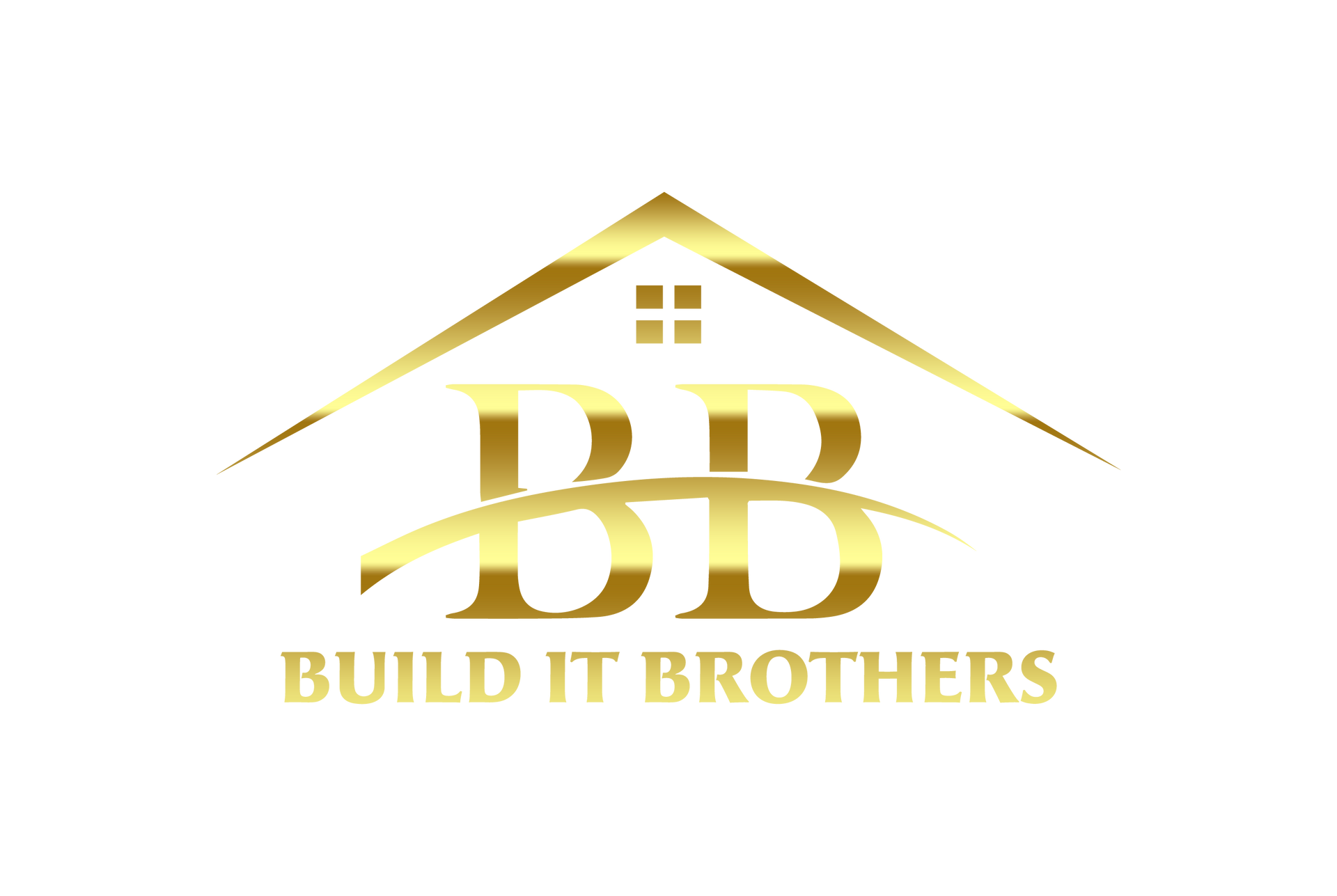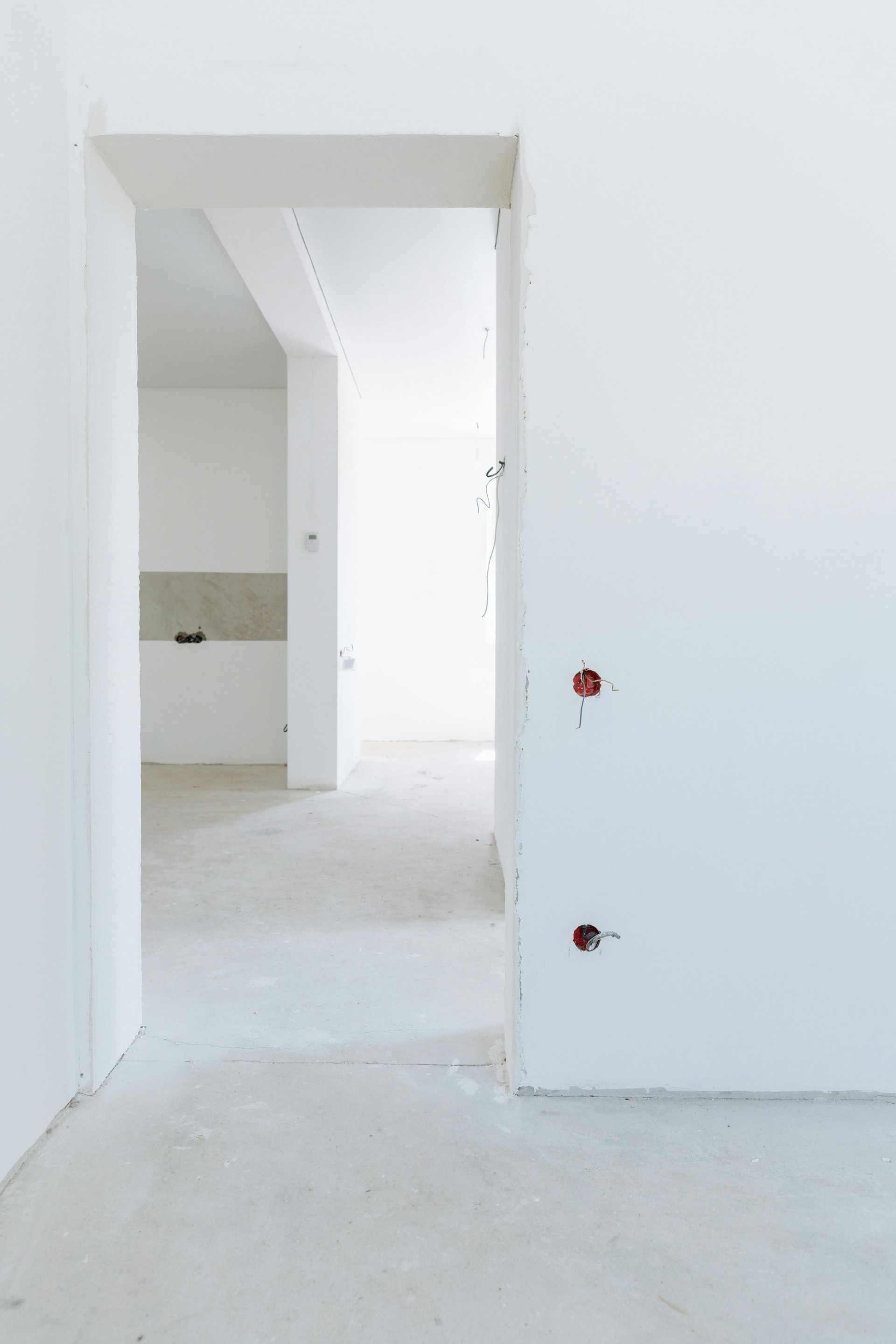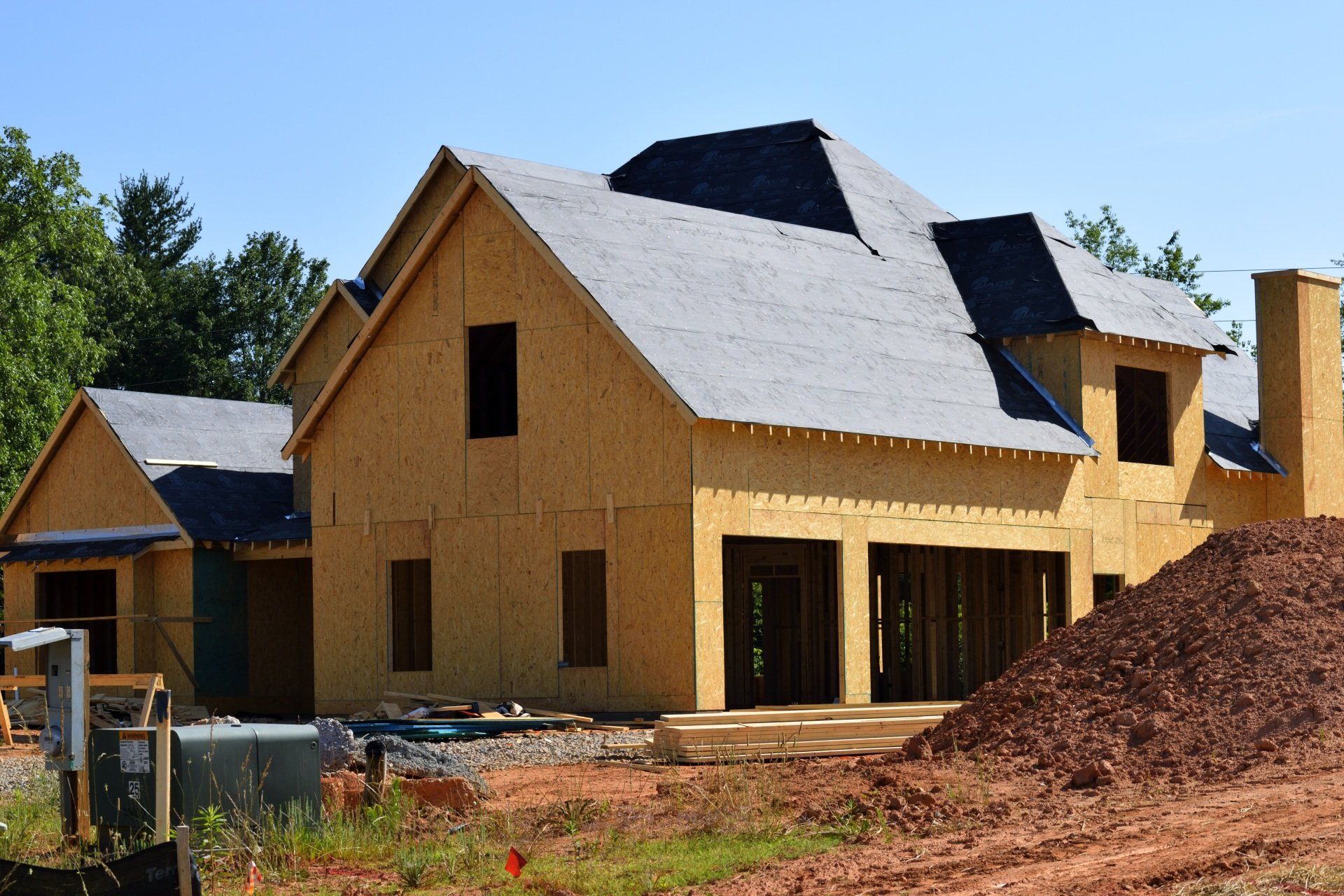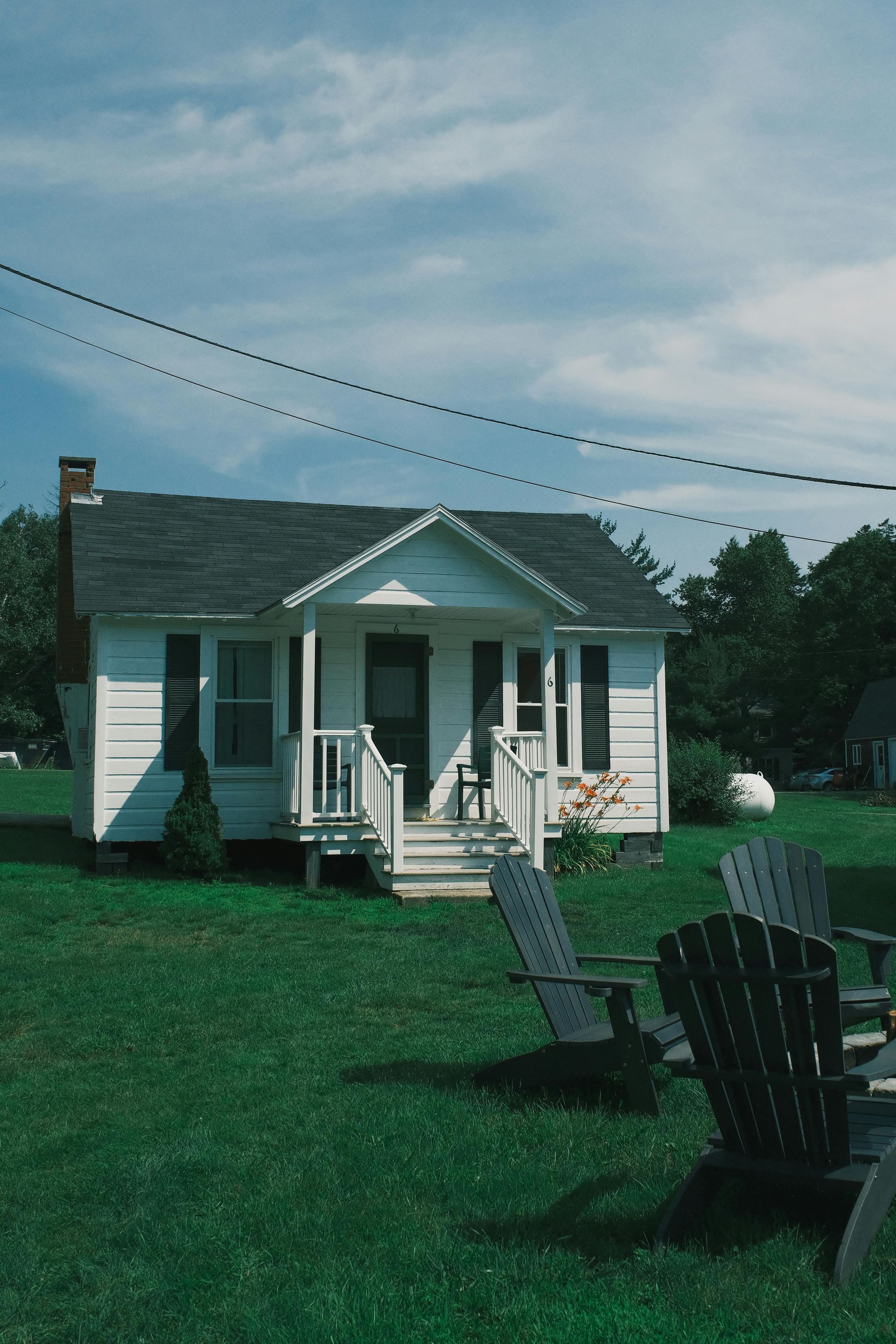When to DIY and When to Call a Pro: Construction and Remodeling Edition
When to DIY and When to Call a Pro: Construction and Remodeling Edition
Embarking on a construction or remodeling project can be both exciting and overwhelming. Whether you're renovating a bathroom, adding a new room, or tackling some home improvements, one of the first decisions you’ll need to make is whether to do the work yourself (DIY) or hire a professional. This decision can significantly affect both the outcome of your project and your budget. In this guide, we’ll explore the types of tasks best suited for DIY enthusiasts and when it’s wise to call in a professional.
When to DIY:
DIY projects can be an excellent way to save money, gain new skills, and put a personal touch on your home. However, it’s essential to know what you can realistically accomplish on your own. Here are some situations where DIY is a great option:
- Cosmetic Upgrades:
Cosmetic projects that don’t require structural changes or technical skills are often well within the scope of a DIYer. Tasks like painting walls, installing new hardware on cabinets, or updating light fixtures are simple yet effective ways to refresh a space without breaking the bank. These projects generally don’t require specialized knowledge and can be completed with basic tools.
- Examples: Repainting walls, adding backsplash tile, replacing cabinet handles, changing light fixtures, installing new faucets.
- Landscaping and Yard Work:
Landscaping can greatly improve your home's curb appeal and is often a satisfying DIY project. Planting flowers, shrubs, and trees, installing mulch, building garden beds, and laying down sod are all tasks that can be done by homeowners without much prior experience. These tasks are labor-intensive but usually don’t require advanced skills.
- Examples: Planting a garden, installing a lawn, building a garden bed, laying gravel, building a simple outdoor structure like a pergola.
- Installing Prefabricated Fixtures:
Many construction materials and fixtures come pre-assembled or are relatively easy to install. If you're handy with tools and follow clear instructions, you can tackle many prefabricated projects on your own. For example, prefabricated cabinets, vanity units, and shelving systems are often DIY-friendly and can save money if you're willing to put in the effort.
- Examples: Installing a prefabricated kitchen cabinet, assembling and hanging shelves, installing a pre-made shower door.
- Basic Flooring Installation:
Installing certain types of flooring, like laminate, vinyl, or click-lock engineered hardwood, can be accomplished without expert knowledge. These floors often come with easy-to-follow instructions and don’t require advanced tools. If you’re comfortable with some heavy lifting and following precise measurements, this can be a rewarding DIY project.
- Examples: Laying laminate or vinyl plank flooring, installing carpet tiles, refinishing wood floors.
- Minor Repairs and Maintenance:
Routine home maintenance or minor repairs are often perfect for DIYers. Leaky faucets, clogged drains, and minor drywall repairs are common tasks that many homeowners can take on with a little research and the right tools. While these may not be glamorous projects, they help maintain the home’s functionality and condition.
- Examples: Fixing a leaky faucet, patching holes in drywall, replacing weatherstripping around doors, clearing a clogged drain.
When to Call a Pro:
While DIY projects can be incredibly satisfying, there are certain situations where calling in a professional is the best course of action. Some tasks are beyond the average homeowner’s skill set, require specific expertise, or involve safety risks. Here are some projects that should generally be left to the pros:
- Electrical Work:
Electrical work is one of the most dangerous aspects of home improvement. Improperly installed wiring, outlets, and circuits can pose serious safety risks, including fire hazards. In many regions, electrical work also requires permits and inspections. If you're not a licensed electrician, it's best to call in a professional for anything beyond basic fixture replacements.
- Examples: Wiring a new circuit, installing or replacing a breaker panel, rewiring an entire room, adding new outlets or light fixtures.
- Plumbing:
Plumbing work can be equally as complicated and hazardous. Incorrectly installed pipes, fixtures, or water systems can lead to flooding, water damage, or even mold growth. Major plumbing tasks, such as rerouting pipes, installing new water heaters, or resolving sewer issues, should always be handled by a licensed plumber. Minor repairs, like fixing a leaky faucet or replacing a toilet, are usually fine for a DIYer, but when in doubt, it's safer to hire a professional.
- Examples: Installing a new water heater, replacing sewer lines, fixing a major leak or burst pipe, moving plumbing fixtures.
- Structural Work:
Any project that involves altering the structure of your home is one where you’ll want to hire a professional. This includes tasks like removing or altering load-bearing walls, foundation repairs, or any work that impacts the home’s framing, beams, or support system. Structural work requires a deep understanding of building codes, materials, and load-bearing considerations to ensure the safety and integrity of your home.
- Examples: Removing or adding load-bearing walls, major foundation repairs, building or altering a deck, extending a roofline.
- Roofing:
Roof repairs and replacements are complex and hazardous. If your roof is leaking, damaged, or needs replacing, it’s often best to hire a professional roofer. Roofs are dangerous to work on, especially if you lack experience working at heights, and the wrong installation could lead to leaks and further damage. Professional roofers can assess the situation, install the roof correctly, and provide warranties for their work.
- Examples: Replacing shingles, fixing leaks, installing a new roof, repairing or replacing gutters.
- HVAC Systems:
Your HVAC system is essential for maintaining the comfort of your home, and working with heating, ventilation, and air conditioning systems requires specialized training and knowledge. Improper installation or maintenance can cause a system failure, inefficient operation, or even a health hazard due to poor air quality. A licensed HVAC contractor can properly install, maintain, or repair your system to keep it running efficiently.
- Examples: Installing a new furnace, replacing an air conditioner, repairing ductwork, adding a new HVAC unit.
- Extensive Demolition:
While small-scale demolition, like removing old cabinets or taking down non-structural walls, might be fine for DIYers, larger demolition projects should be left to the pros. This is particularly true if the demolition involves hazardous materials like asbestos or requires specialized equipment. Professional demolition contractors can safely tear down parts of the home and manage debris removal.
- Examples: Full house demolition, removing walls with asbestos, heavy-duty concrete or flooring removal.
- Home Inspections and Code Compliance:
When undertaking a significant remodeling project, there may be code compliance issues that need to be addressed. Hiring a professional to inspect your home, evaluate the work, and ensure that it complies with local building codes can prevent costly fines and repairs down the road. Certain renovations, especially structural or electrical work, require inspections, and a professional contractor will ensure everything is up to code.
- Examples: Building permits, home inspections before selling or purchasing, ensuring compliance with building codes.
How to Decide Whether to DIY or Hire a Pro:
Deciding whether to take on a project yourself or hire a professional depends on several factors:
- Skill Level: Do you have the knowledge and experience required to complete the project correctly and safely? If you’re unsure, consider starting with smaller tasks and gradually increasing the complexity of your DIY projects.
- Time Commitment: How much time do you have to devote to the project? Professional contractors may be able to complete tasks more quickly and efficiently than you could on your own.
- Cost: While DIY can save money, sometimes hiring a professional can prevent costly mistakes. Evaluate the overall cost, factoring in the potential for mistakes or delays.
- Risk: If the task involves a significant safety risk, such as electrical work, plumbing, or structural alterations, it’s best to hire a pro to ensure your home is safe.
- Tools and Equipment: Some projects require specialized tools that may be expensive to purchase or difficult to use properly. Professionals already have the right equipment and expertise.
In conclusion, DIY projects can be incredibly rewarding and cost-effective when tackled appropriately. However, some projects—especially those that involve safety risks or specialized skills—are best left to professionals. Understanding when to DIY and when to call a pro will help you make informed decisions and ensure your construction and remodeling projects are successful. Always consider your skills, time, budget, and the complexity of the task at hand to determine the best approach.




